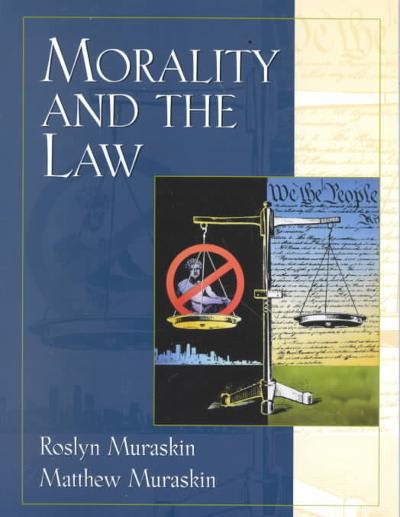Question
We learned in Chapter 3 that a Defendant may provide defenses in an Answer to a Plaintiff's Complaint. A defendant frequently raises a FAIR USE
We learned in Chapter 3 that a Defendant may provide defenses in an Answer to a Plaintiff's Complaint. A defendant frequently raises a FAIR USE defense to a Plaintiff's allegation of copyright infringement. Under Section 107 of the Copyright Act, a court may look to the following four factors when determining whether a use of a copyrighted work was a FAIR USE:
- the purpose and character of the use, including whether such use is of a commercial nature or is for nonprofit educational purposes;
- the nature of the copyrighted work (is the work mostly made up of facts or is the work mostly an original, creative work);
- the amount and substantiality of the portion used in relation to the copyrighted work as a whole; and
- the effect of the use upon the potential market for or value of the copyrighted work.
Case:
Each of us uploaded a music artist's video or a link to a music artist's video in the Introduction & Ice Breaker Activity. Under Section 106 of the Copyright Act, each of us may be liable for copyright infringement to the music artist for reproducing the music video and distributing the music video within the CANVAS Learning Management System.
Explain your FAIR USE defense. To do so, address each of the four factors relevant to a FAIR USE defense. You must write out all four factors in your answer. Merely identifying a factor by a number, such as 1, 2, 3, or 4, is not adequate.
Step by Step Solution
There are 3 Steps involved in it
Step: 1

Get Instant Access to Expert-Tailored Solutions
See step-by-step solutions with expert insights and AI powered tools for academic success
Step: 2

Step: 3

Ace Your Homework with AI
Get the answers you need in no time with our AI-driven, step-by-step assistance
Get Started


